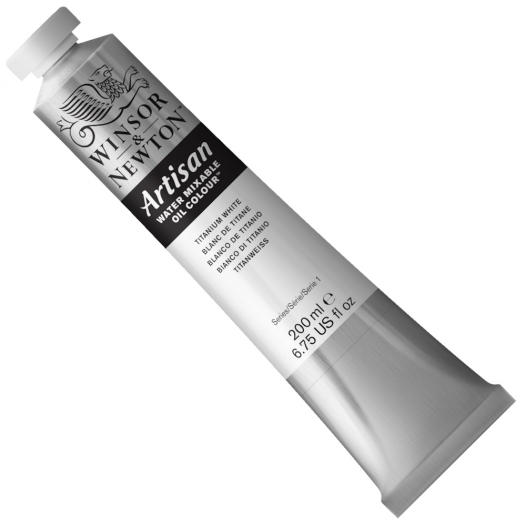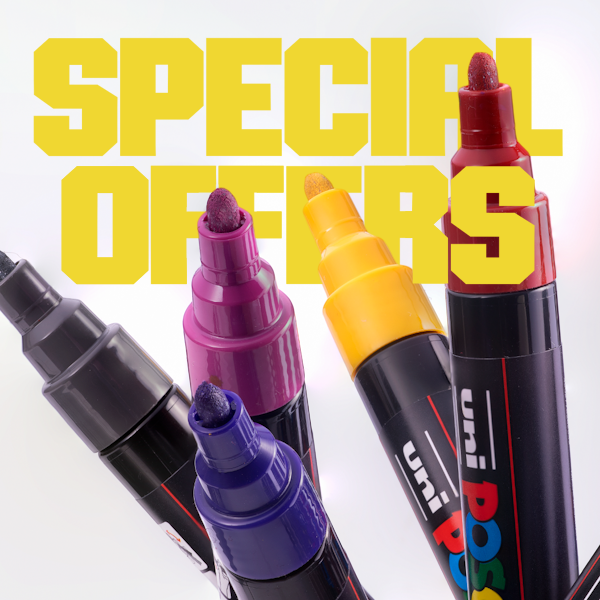- Sale!
- You save 28%
- You save £7.26






- Size: 200ml
- Colour: Titanium White 644
- sold individually
- Water mixable oil colour
- No need for hazardous solvents
- Made using modified linseed & safflower oil
- Formulated to appear & function like conventional oil colour
Was £26.25
More Information
Able to be both blended & cleaned using simply water, the Artisan Water Mixable Oil Colour range from Winsor & Newton is ideal for home, school or shared workspaces.
Specially formulated using modified linseed & safflower oil, they retain the characteristics of a conventional oil colour including colour, consistency, lightfastness, opacity, permanence & drying times whilst negating the need for potentially hazardous solvents.
Suitable for a variety of techniques & applications, these thick, buttery paints are also available in a 37ml range with 40 vibrant, highly pigmented colours (including 25 single pigments shades for additional brilliance).
For a concise colour chart, along with information on the composition, characteristics & permanence of this range, please check the Downloads tab below.





















